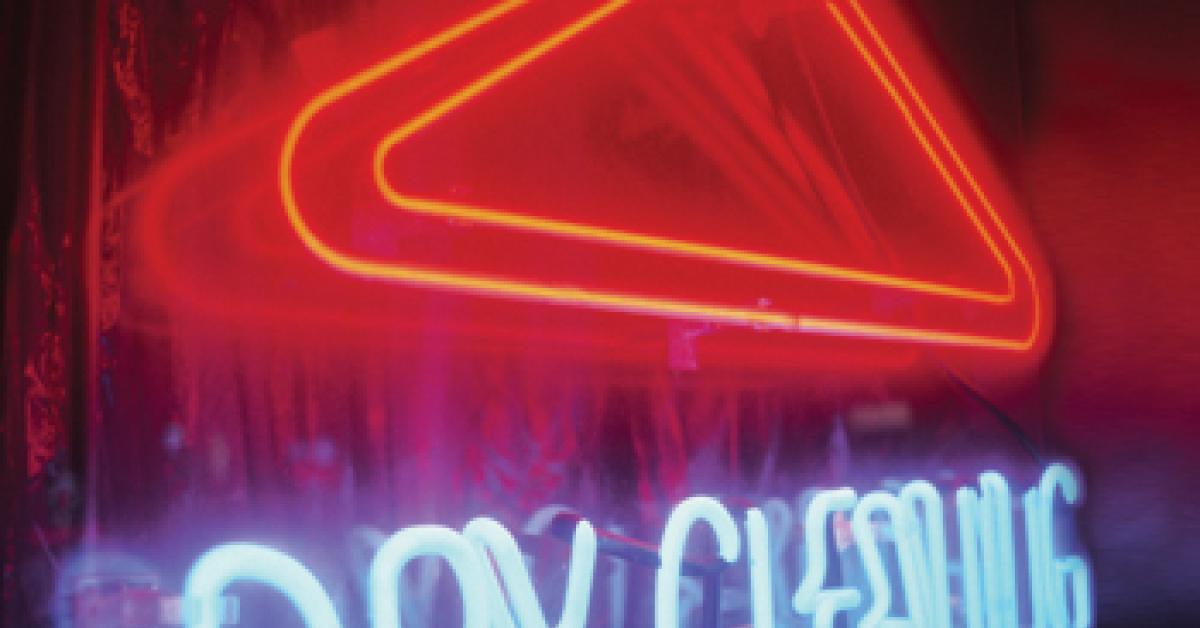ARDMORE, Pa. — Since the inception of the Internal Revenue Code, the IRS and drycleaning businesses have been at odds over whether expenditures made are currently deductible or whether they must be capitalized and recovered through depreciation over time.
Now, after seven years of drafts and proposed rules, the IRS has issued final regulations addressing whether a cost is a deductible repair or a capital expenditure.
The IRS has also released a long-awaited Revenue Procedure that details the procedures for obtaining the “automatic” consent of the IRS to change accounting methods as required by the new repair regulations.
THE ELECTION TO CAPITALIZE
The final regulations include an entirely new option that allows a drycleaning business to treat amounts paid for repairs and maintenance to tangible property as amounts paid to improve that property. Thus, if the drycleaning business chooses, the amounts paid as property improvements become assets subject to depreciation—as long as the expenditures are business-related and the amounts are treated as capital expenditures on the operation’s books and records.
Another significant change in the new regulations allows a drycleaning business to take “retirement losses” on components. If, for example, a building’s roof is replaced and the old roof disposed of, the operation now has the option of taking a retirement loss for the old roof. Of course, the replacement roof must be capitalized but while the replacement must be capitalized, the retirement loss can be claimed on the roof replaced.
PROPERTY UNITS
Much of the guidance provided by the IRS revolves around what constitutes a “Unit of Property” (UOP). In general, the smaller the UOP being placed in service, repaired, or improved, the more likely it is that the UOP’s cost will have to be capitalized.
For example, work on an ozone generator is more likely to be classified as an expenditure that must be capitalized if the generator is classified a separate UOP rather than as part of an entire system.
ACCOUNTING METHOD CHANGES
The new repair regulations have been described as the most comprehensive changes to the issues of capitalization and write-off in more than 20 years. Some of the new regulation’s safe harbors and elections can be implemented on the drycleaning operation’s annual tax return. Unfortunately, since the IRS considers many of the provisions to be accounting methods, drycleaning businesses must file not one, but numerous, Form 3115, Application for Change in Accounting Method.
A dry cleaner seeking to change to a method of accounting permitted under the final regulations must get IRS consent before implementing that new method. Under the automatic consent procedures, the IRS will consent when a Form 3115, Application for Change in Accounting Method, is attached to the drycleaning operation’s timely filed tax return for the year of change (with extensions). A signed copy must also be sent to the agency’s national office.
QUESTIONS ANSWERED
The question of capitalization vs. expensing of business property has long boiled down to a question of whether the expenditures maintain or restore property in or to its ordinarily efficient operating condition (expense) or appreciably prolong its life, materially increase its value, or adapt it to a different use (capitalization).
The tax strategies and methods used in the past may no longer be either feasible or advisable. Through newly created safe harbors and other taxpayer-favorable features, the new regulations will provide tax planning opportunities—and potential tax savings—for dry cleaners that will face fewer disputes with the IRS.
While the new repair regulations bring helpful clarity and order to the treatment of tangible property, and go a long way to answering the question of what is a repair and what is an expenditure that must be capitalized and depreciated, they pose considerable compliance risks for every drycleaning business. However, because many dry cleaners will soon discover they need to elect new tax strategies that require an application for an accounting method change, professional assistance may be a necessity.
Information in this article is provided for educational and reference purposes only. It is not intended to provide specific advice or individual recommendations. Consult an attorney or tax adviser for advice regarding your particular situation.
Have a question or comment? E-mail our editor Dave Davis at [email protected].
